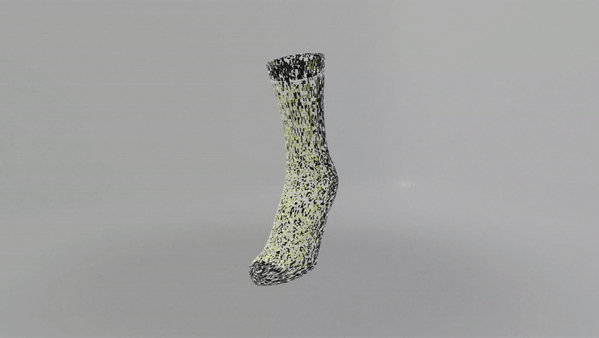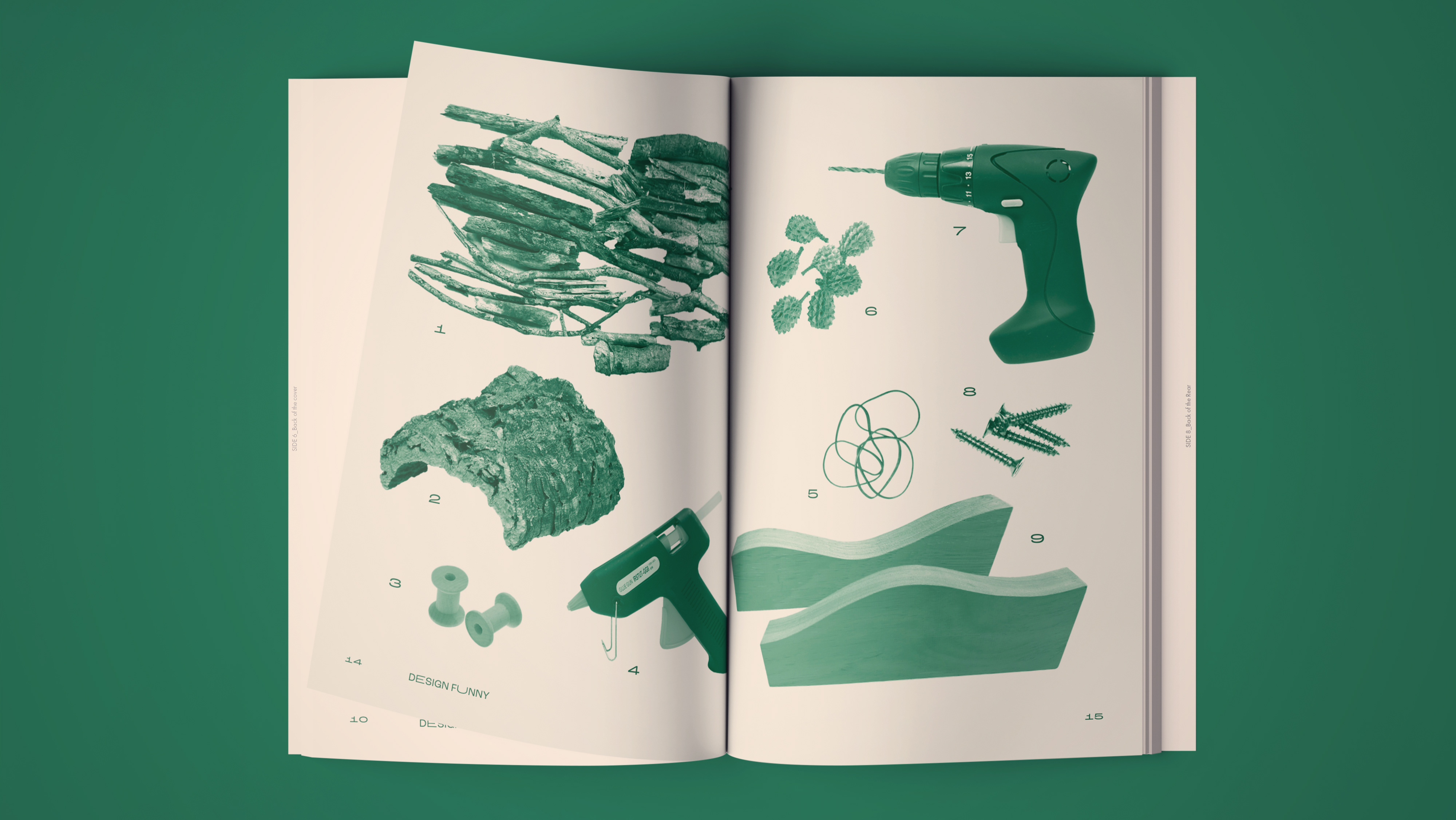Plastic Packaging
#01 Plastic Packaging - Distant
Unfortunately, most packaging is designed as single-use, and is typically thrown away rather than reused or recycled. According to the US Environmental Protection Agency (EPA), food and food packaging materials make up almost half of all municipal solid waste.
In 2014, out of the 258 million tons of municipal solid waste generated in the US, more than 63 percent was of packaging materials (for food and other purposes) and, overall, only 35 percent (89 million tons) was recycled or composted.
After used, most packaging is discarded and is either buried in a landfill or becomes litter that is carried along by wind and water currents into the environment. Packaging sent to landfills, especially when made from plastics, does not degrade quickly or, in some cases, at all, and chemicals from the packaging materials, including inks and dyes from labelling, can leach into groundwater and soil.
All the plastic floating around the oceans is incredibly harmful to animals. Stories abound of dead birds found with stomachs full of plastics, turtles with straws stuck in their noses, whales with plastic bags in their stomachs and animals with plastic bags and six-pack rings wrapped around their bodies. According to Ocean Conservancy, “Plastic has been found in 59 percent of sea birds like albatross and pelicans, in 100 percent of sea turtle species and in more than 25 percent of fish sampled from seafood markets around the world.
The toxins referred to in relation to our oceans have generally been in the environment for a long time. POPs (Persistent Organic Pollutants) are largely present from times when regulations on chemicals and fertilisers were not as strict as they are today. POPs are never present in the plastics created today (except for a specific flame retardant used in high-end aerospace applications) and sea creatures would be exposed to POPs already in the sea regardless of whether plastic is present.
Micro plastics are major contaminants that can bioaccumulate in the food chain after ingestion by a wide range of freshwater and marine lives leading to a public health risk. Human consumption of animals exposed to micro plastics and plastic additives can be detrimental. Bio-monitoring studies on human tissues have shown that plastic constituents persist in human population through the measurement of environmental contaminants.
__________________________________________________________________
#02 Plastic Packaging — Near
Modern food packaging provides a way to make food safe, reliable, shelf-stable and clean. Unfortunately, most food packaging is designed to be single use and is not recycled. Instead, packaging is thrown away and often litters our waterways. Because so much food packaging (especially plastic) has ended up in waterways, the United Nations has declared the plastic pollution of oceans “a planetary crisis.” This is a problem not only for humanity, but for all aquatic life. There are other environmental impacts from food packaging as well, including to our air and soil.
Plastic polymers are believed to be lethargic and of little concern to public health, however, different types of additives and the residual monomers possibly retained from these polymers are responsible for the suspected health risks. Most of the additives present in plastics are potential carcinogens and endocrine disruptors. Ingestion, skin contact and inhalation are the main routes of exposure of humans to these additives. Dermatitis have been reported from skin contact with some of the additives present in plastics.
Plastic Packaging, 2020
In collaboration with Rajali, Plastic Packaging is a two-part motion graphics series that emphasises on the harmful impacts of how plastic packagings can affect our environment and health.









